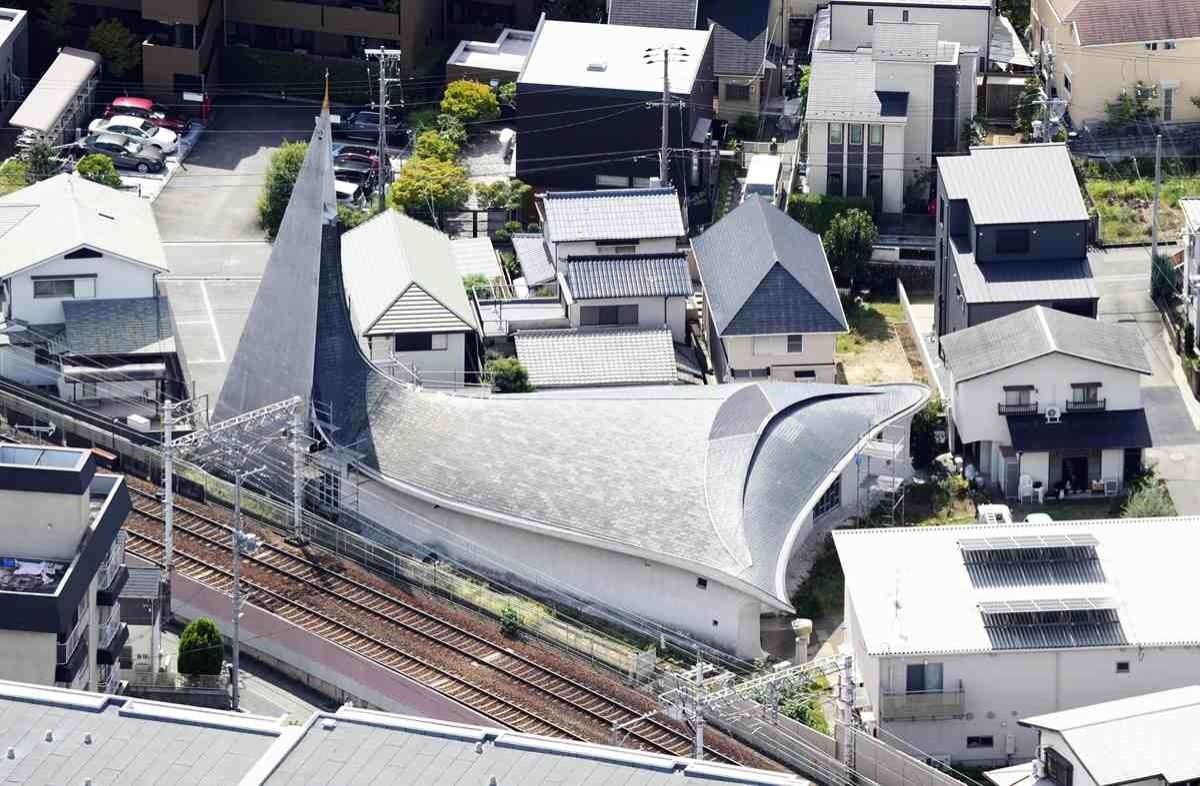An extraordinary view in Takarazuka
An enormous white whale smoothly swims through the tranquil streets of Takarazuka, Hyogo Prefecture. No, it’s not Moby Dick on dry land, but a dreamlike installation merging art and architecture. The whale’s streamlined shape, bright white against the backdrop of homes, appears to hover, its tail raised as if navigating an unseen sea. The clear azure sky and scattered clouds enhance the illusion, giving the impression that this colossal beast is gliding over a sea of rooftops and power lines.
This site makes you do a double take—as you’ve wandered into a dream or a particularly imaginative architect’s portfolio. The juxtaposition of the whale’s fluid contours with the rigid lines of the nearby buildings underscores the playful interplay between nature and the constructed world. It serves as a reminder that even in the most ordinary urban landscapes, there’s always space for a bit of enchantment.
The whale’s voyage through the community
The whale, however, isn’t merely here for a leisurely visit. This monumental installation forms part of a public art initiative to rethink perceptions of urban space. As it ‘swims’ through the neighbourhood, the whale surprisingly engages with the architecture. Its tail seems to graze rooftops, while its form casts elongated shadows over the streets beneath. It transcends being just an art piece; it’s a spark for dialogue, transforming the mundane into the remarkable.
Locals have affectionately dubbed it the “floating whale,” and it is swiftly becoming a community icon. Some claim it imparts a soothing, almost contemplative atmosphere to the area, as if the whale’s slow, purposeful motion brings peace to the otherwise vibrant streets. Others, perhaps with a hint of mischief, quip that it’s the best development in the neighbourhood since air conditioning was introduced.
Yet beyond the humour and the spectacle, the installation invites deeper contemplation on the connection between humans, nature, and our shared environments. The whale’s existence within an urban setting feels both incongruous and perfectly fitting, a testament to nature’s resilience and ability to adapt. It serves as a gentle reminder for architects and urban planners to explore how organic designs can harmonize with contemporary structures, fostering spaces that are not just functional but also uplifting.
